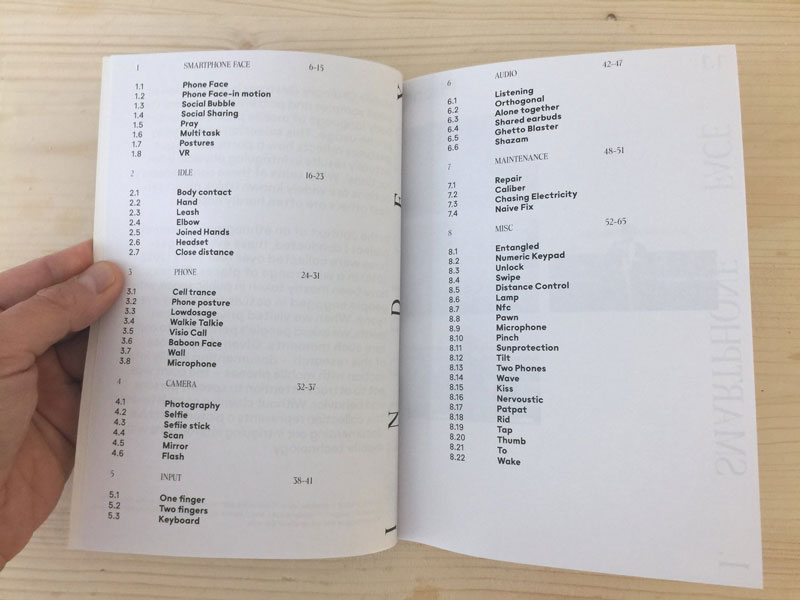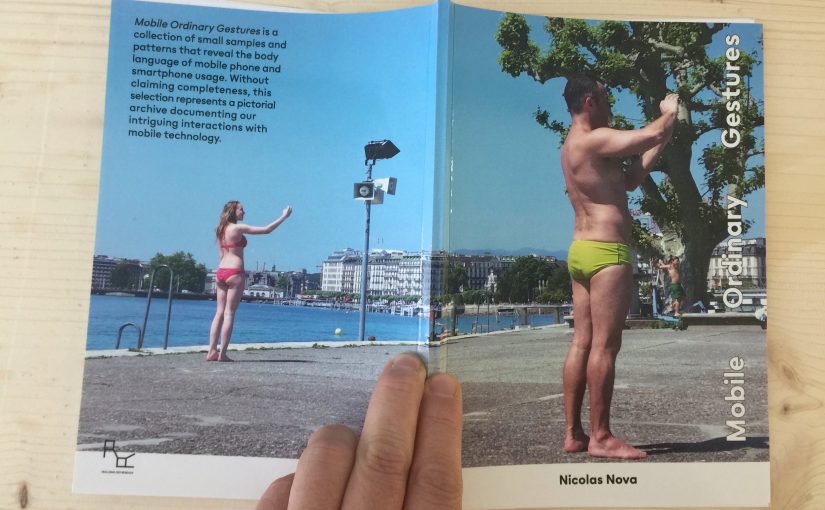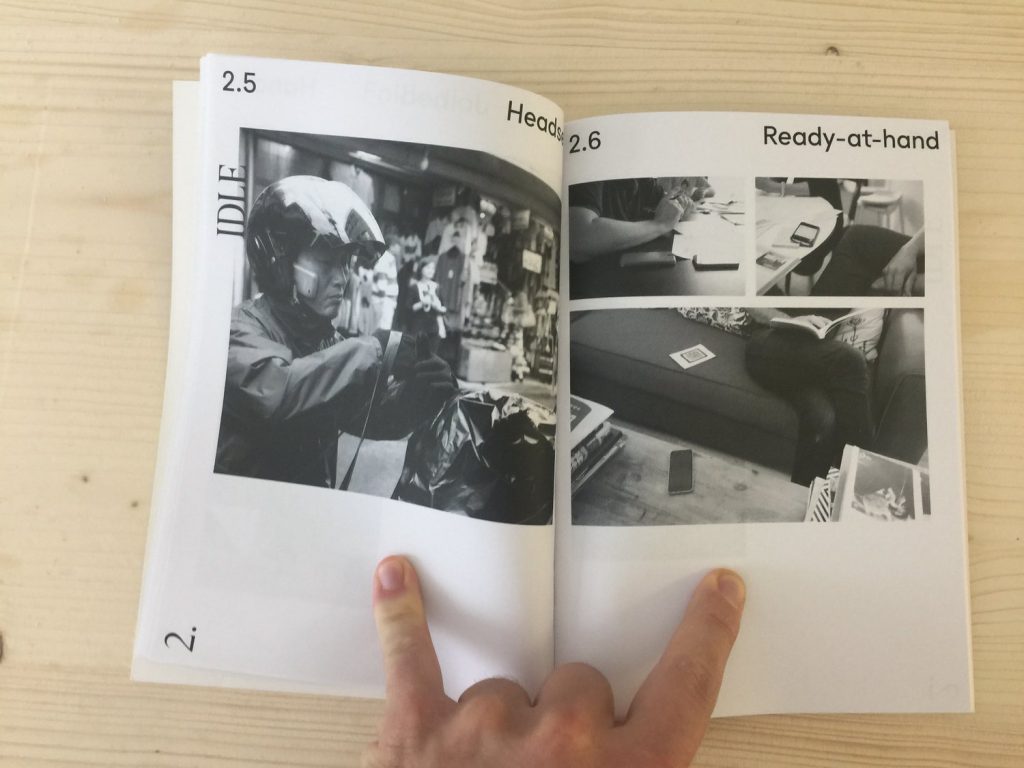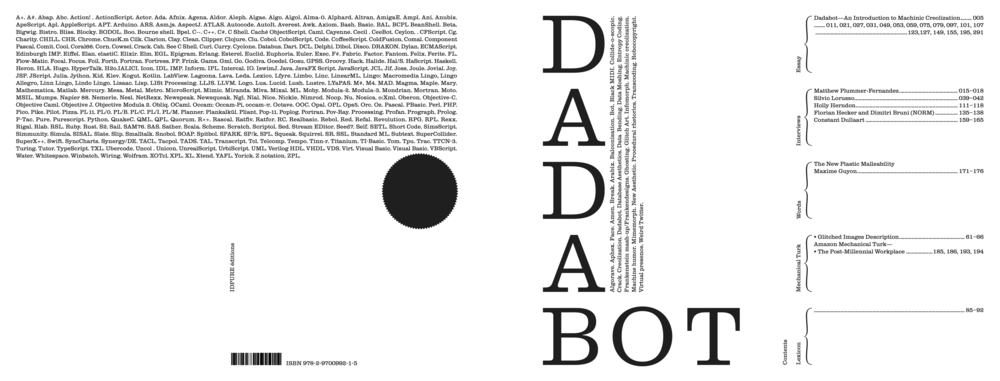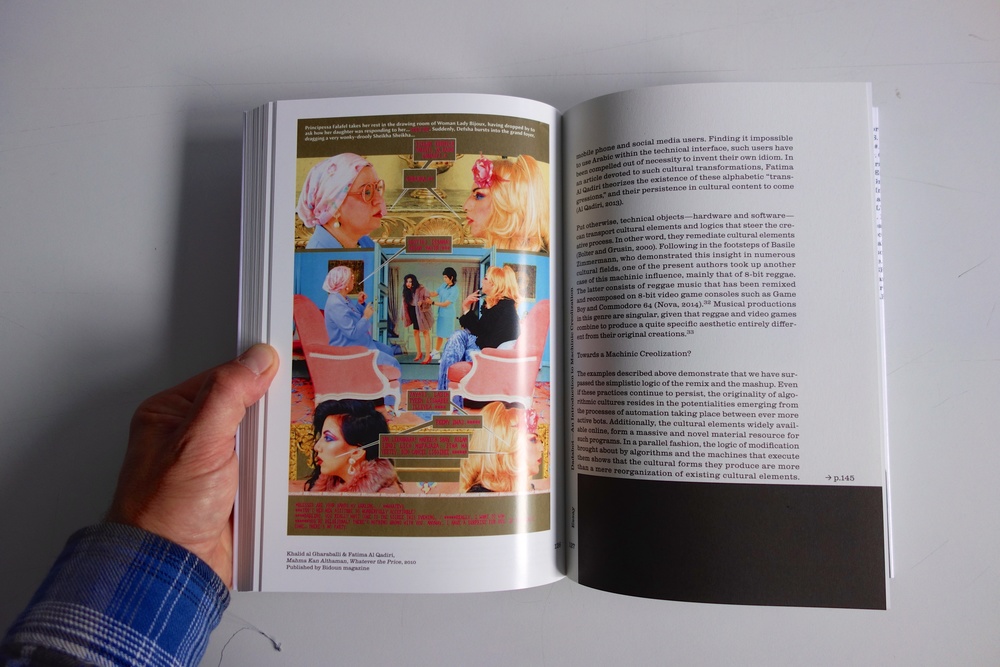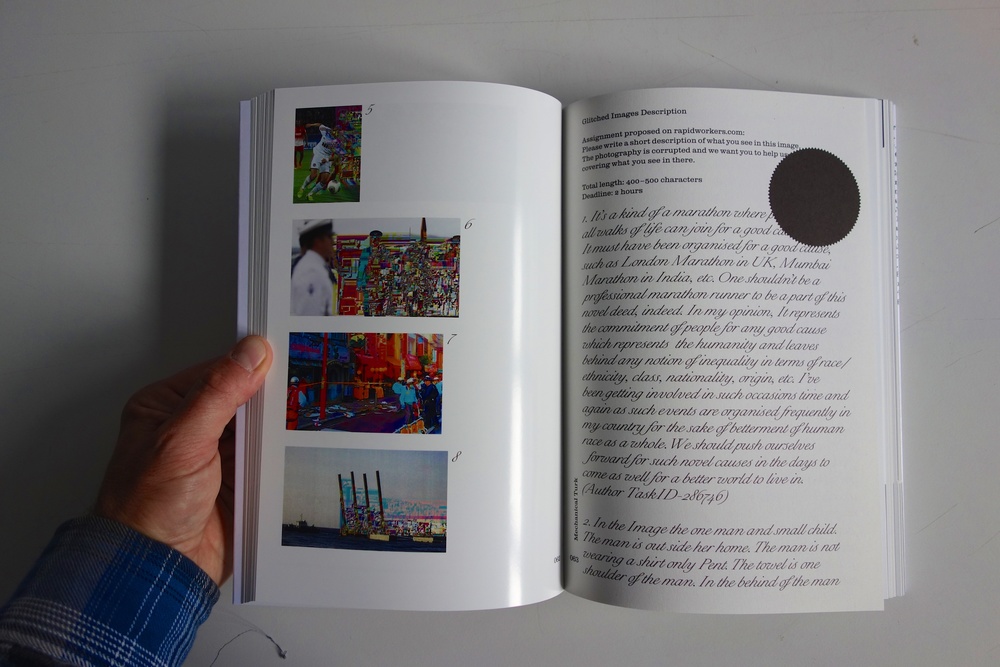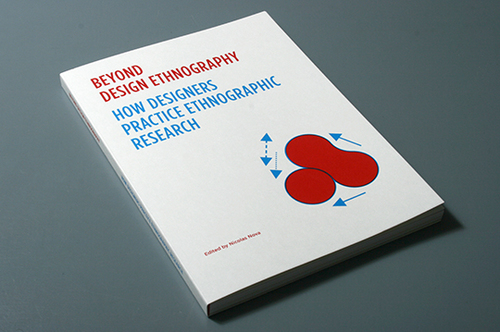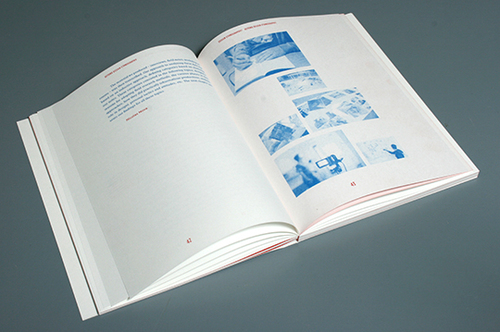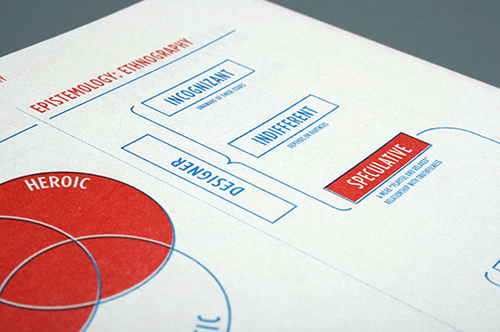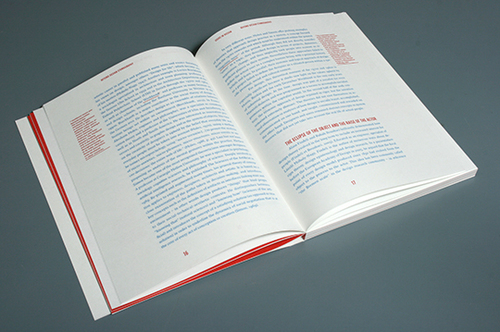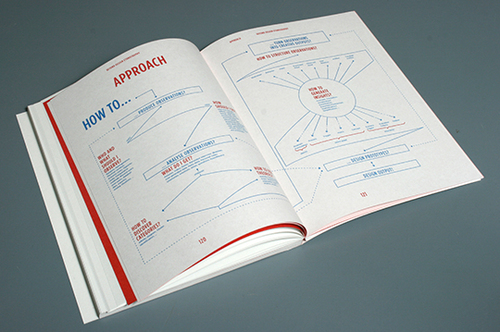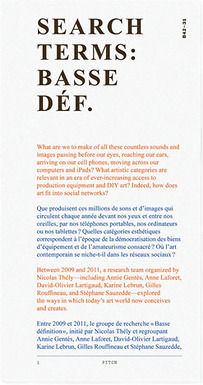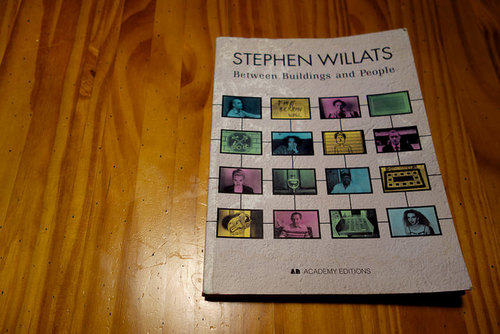
Few weeks ago, Joel recommended me the work of Stephen Willats, and more specifically this book called "Between Buildings and People". I found it this week in my mailbox (I've bought a second-hand copy that the owner may have read in his bathtub, hence the concave look on the pics).
Based on a series of interviews, observations and photographic documentation, Willats examines the relationship between people and the built environment. His purpose was to investigate the influence of modernist architecture on people and how it's expressed materially. Although this goal is a tad deterministic for my taste, I find the result fascinating and inspiring. The most interesting bit IMO lays in the ways Willats present the material he produced. See for instance the use of pictures along with interviews, or the diagrams he draw on photographic depictions of the environment:
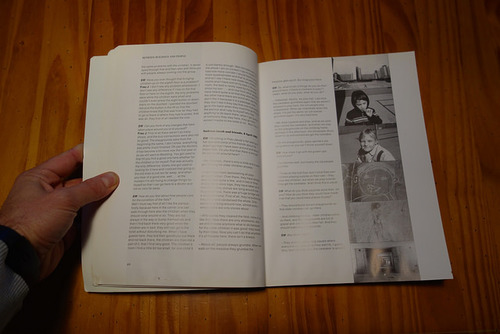
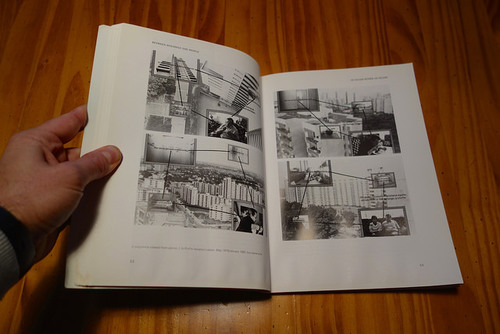
"Living with practical realities" (1978) is another example of Willat's work that I enjoyed as well:
"Living with Practical Realities was made with an elderly woman who lived on her own in a tower block in Hayes, West London. The work centres on the isolation of the elderly symbolised, physically and socially, by the tower block. This is one of the early works in which Willats used the actual content of audio recordings and his photographic documentations that had been made with the co-operation of the woman, directly within the work"
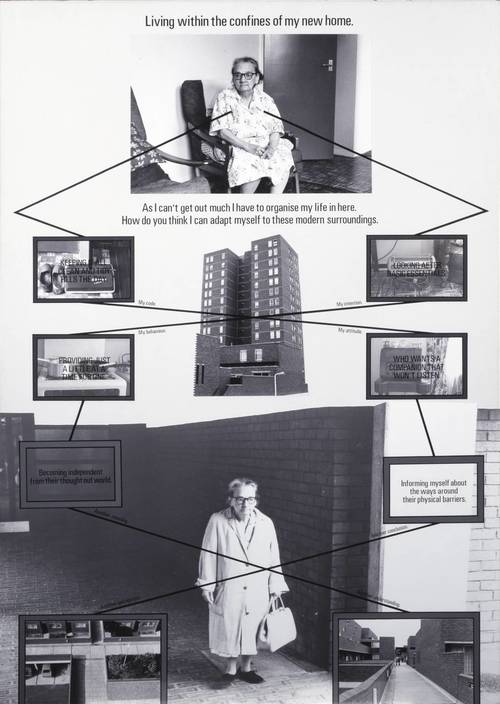
Living with Practical Realities (Panel One)
Why do I blog this? I'm currently working on a follow-up to the Curious Rituals project. My goal is to investigate people's relationship and use of smartphones (with a focus on gestures). Willat's work is highly inspiring both as a research protocol and as a way to present research results in ethnographic research. The descriptive potential of this work is really interesting. Perhaps it's because of his artist background that I find this more advanced than what I usually see in visual sociology – it might appear non-academic from this POV as Willats do not necessarily follow all the "rules" but it's certainly stimulating.
For instance, I find the image diagrams clearly relevant and insightful. I haven't read the whole book so I'm not sure about the underlying methodology here, but it's compelling. It reminds me another example of design analysis that I find interesting: the use of photomontage and overlay annotation described by Dan Hill for a workshop he did back in 2009:
"last week I tried a technique with them that I've often used myself. Writing on photographs of an average street scene, we asked students to imagine all the data that could be derived from the scene via sensors (in the broadest sense of the word), and then go on to sketch interventions or hacks into those scenes, drawn from such data sources."
While Willat's approach is descriptive, Hill's proposal is projective (it's a design workshop) but both revolves around the idea of annotating images; which I find inspiring an relevant to my own research.

